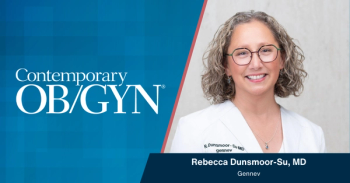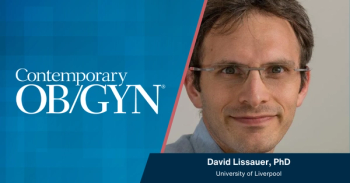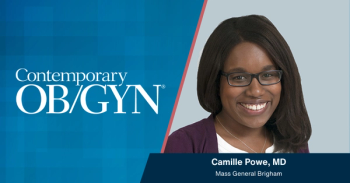
Around-the-clock labor and delivery model compared with on-call coverage
A study presented on February 16 at the Society for Maternal-Fetal Medicine (SMFM) annual meeting in San Francisco, California, found that around-the-clock labor and delivery (L & D) coverage decreased the odds of cesarean delivery in certain populations of patients in California.
A study presented on February 16 at the Society for Maternal-Fetal Medicine (SMFM) annual meeting in San Francisco, California, found that around-the-clock labor and delivery (L & D) coverage decreased the odds of cesarean delivery in certain populations of patients in California.
The study authors, from the University of California, San Francisco, and Oregon Health and Science University in Portland, Oregon, compared obstetric outcomes in hospitals with around-the-clock coverage with outcomes in hospitals whose coverage is based on need.
The retrospective cohort study examined the outcomes of single, term, live births in California between 2005 and 2006. Hospitals with fewer than 1200 deliveries per year were excluded. Of the total, 740,019 births met the study criteria.
Hospitals were categorized based on L & D clinician coverage as “around-the-clock” or “as-needed.” In all, 274,106 births (37%) took place in hospitals with around-the-clock coverage, and 465,913 births (63%) in hospitals with as-needed coverage.
The data showed that around-the-clock hospitals had fewer cesarean deliveries overall and fewer primary cesarean deliveries in both nulliparous and multiparous women.
The researchers found that the proportion of women who underwent a trial of labor after cesarean and who achieved vaginal birth after previous cesarean was higher in hospitals with around-the-clock coverage. Additionally, women were more likely to have labor induction with around-the-clock than as-needed coverage, although they still had lower odds of cesarean delivery.
“Whether the observed difference in outcome can be attributable to the implementation of a ‘laborist’ model,” the authors concluded, “deserves further investigation, particularly as more hospitals are considering such staffing changes.”
Cheng Y, Cassidy A, Darney B, Catrell E, Snowden J, Caughey A. Labor and delivery coverage: around-the-clock or as-needed? SMFM 2013; Abstract 80.
Newsletter
Get the latest clinical updates, case studies, and expert commentary in obstetric and gynecologic care. Sign up now to stay informed.











